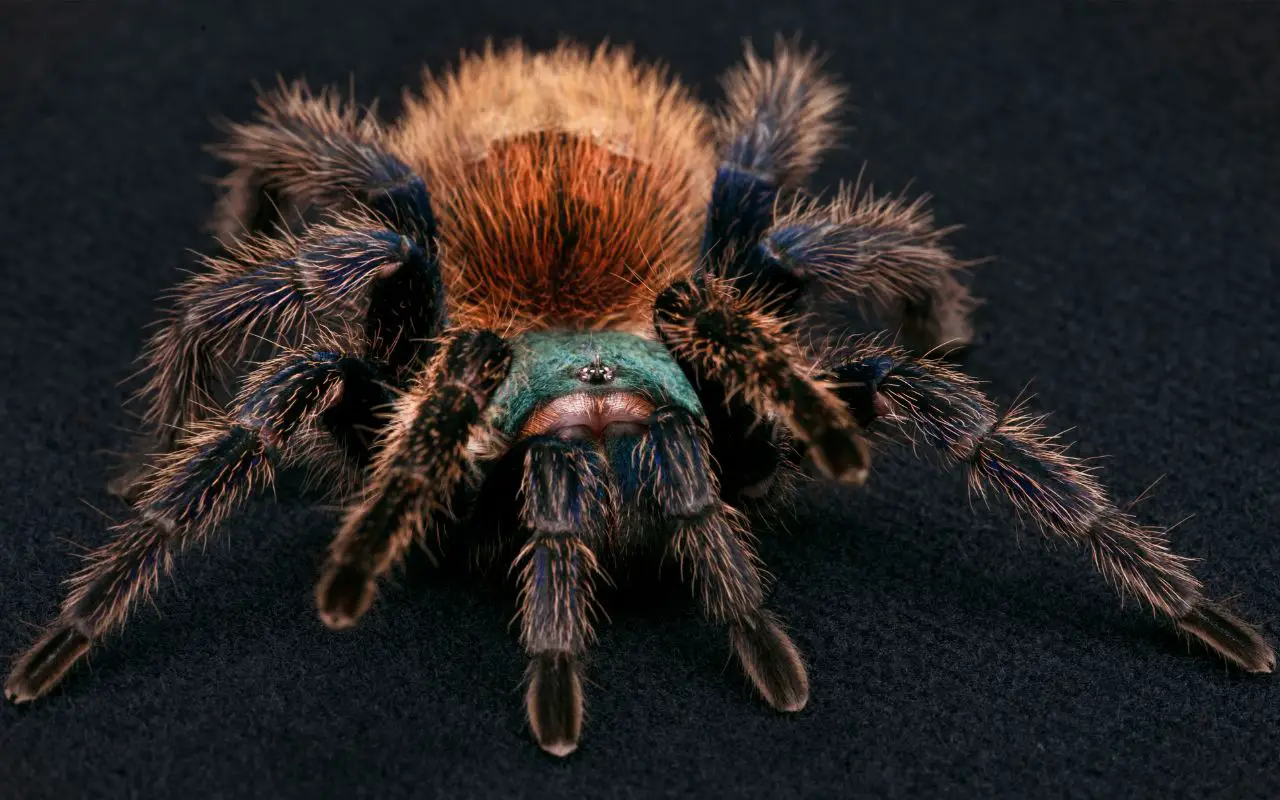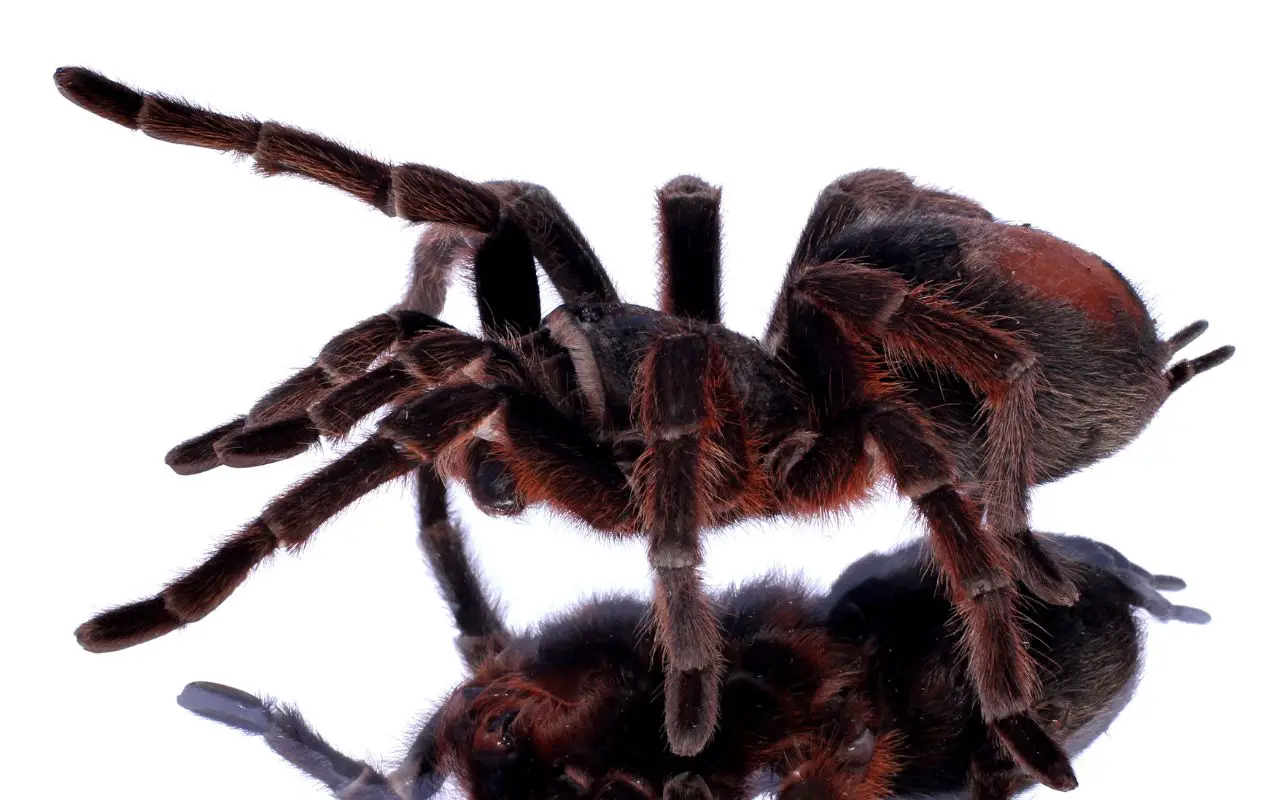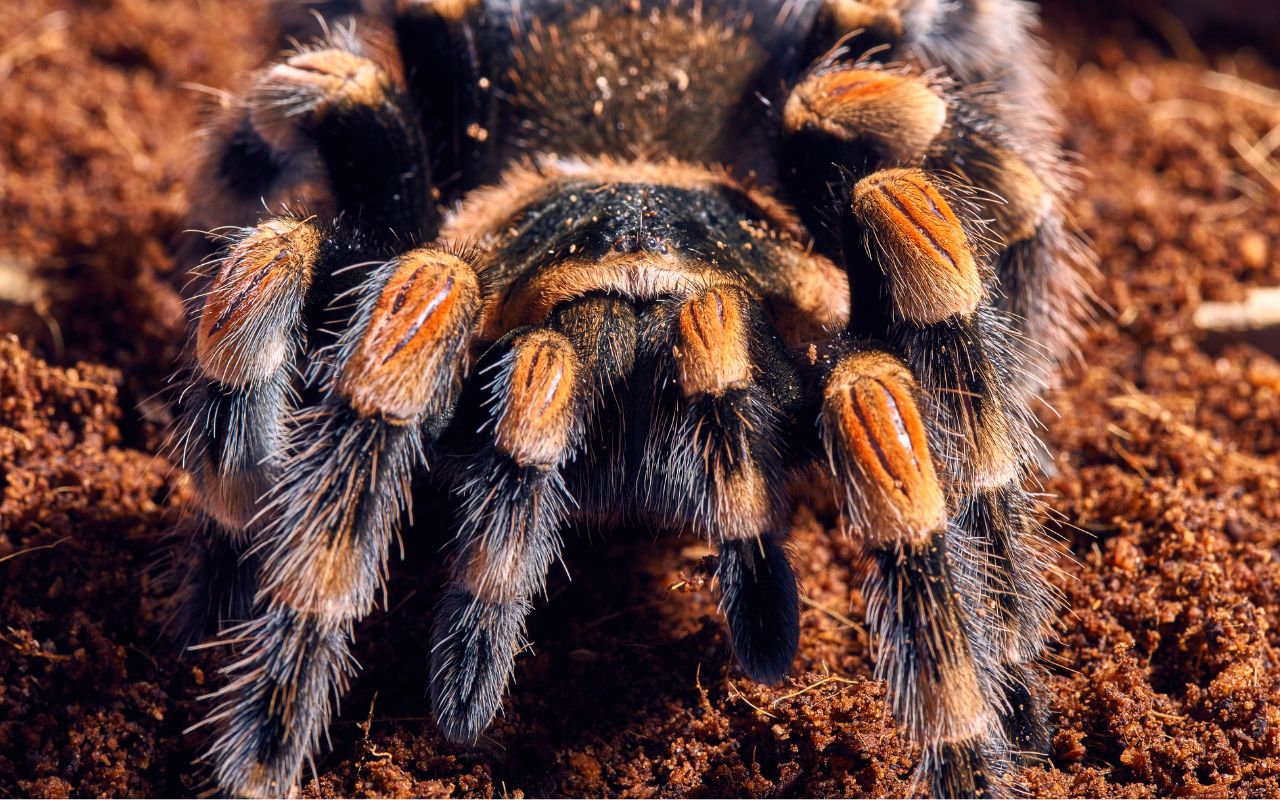Last updated on February 1st, 2023 at 10:08 am
Time to look at some Chilean Rose Tarantula facts. This species is one of the most popular in the pet trade because of its beauty and docile nature…
If you have ever wondered if the Chilean Rose Tarantula is dangerous or not, you should read this article. You’ll learn a bit about this fascinating species, which is also known as rose hair tarantula, red haired tarantula, and Chilean fire tarantula. These fascinating creatures are native to Chile and surrounding regions.
How venomous is a Chilean Rose Tarantula?
The venom of the Chilean rose hair tarantula is mild, rarely causing major illness. In fact, the venom of this species actually functions as a digestive fluid and breaks down its prey.
The New World tarantulas, including the Chilean rose hair tarantula, have urticating hairs on their abdomens. These hairs are irritating to humans, and they can cause respiratory problems. In generally, these spiders are much more likely to use these hairs than they are to bite.
The Chilean Rose tarantula lives solitary in its native range. Its range extends to parts of Argentina and Bolivia and reaches south of Santiago. Its range is surrounded by mountain ranges, which prevent it from accessing the inhabited areas. In captivity, it rarely burrows. However, in the wild, it retreats to burrows to produce its eggs.
The Chilean rose hair tarantula mostly lives in burrows dug by rodents and spiders. Burrows are lined with silk. Although it spends most of its time in its shelter, it will occasionally venture out to seek prey. These tarantulas are large and docile, and can grow up to five to six inches in length. In full growth, the Chilean rose hair tarantula weighs between 50 and hundreds of eggs.

Are Chilean rose tarantulas friendly?
Although tarantulas aren’t deadly, Chilean rose tarantulas can bite. Unlike more dangerous venomous spiders, a bite will typically produce a reaction similar to a bee sting.
However, this type of spider is extremely fast and can rear its legs to warn you it’s about to bite. Before handling a tarantula, be sure to sit down and wash your hands thoroughly as chemicals can affect them.
In general, about 99% of Chilean Rose Tarantulas are docile and don’t mind handling. Every once in a while you do encounter grouchy ones, however.
If you are looking for a new pet spider, you may also consider the Brazilian Black Tarantula. Its docile temperament has made it a popular choice for beginner spider enthusiasts it is possibly a little more docile than the Chilean Rose.
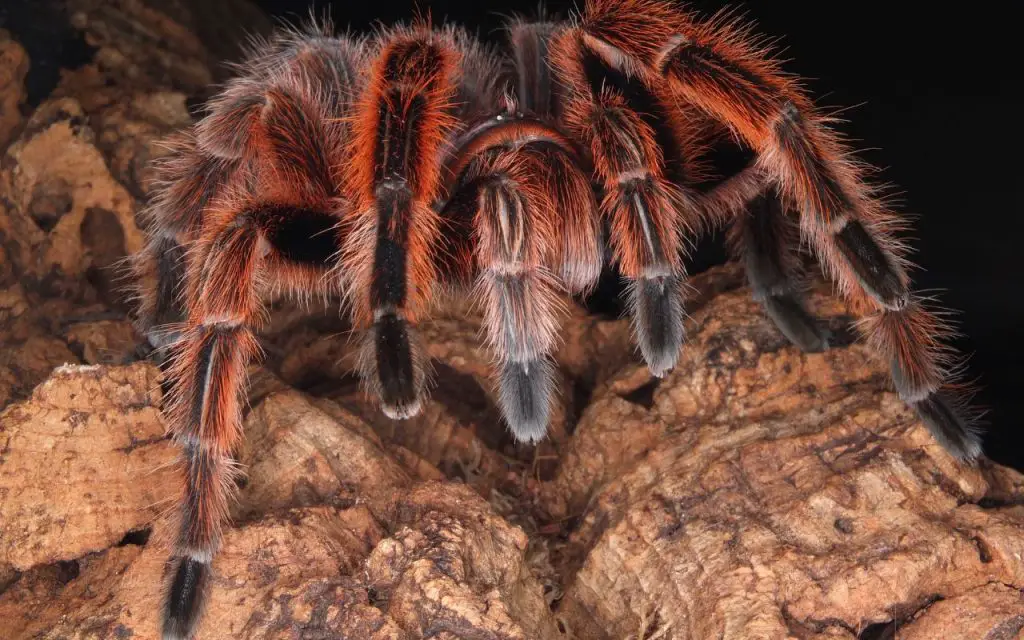
How many eyes does a Chilean rose tarantula have?
The Chilean rose tarantula is a medium-sized tarantula with orange or reddish hairs. Its eight pairs of legs have hairs on them that serve various purposes, including gripping and combing silk. They have eight eyes and two fangs.
The Chilean rose tarantula is an excellent choice for pet owners who don’t want a large animal. This species is a hardy, low-maintenance animal that can live for a long time without major health problems.
Because of its high quality of life and low demand, these creatures are easy to care for. Typical Chilean rose tarantula prices range from $20 to $60. The prices can go up or down based on the size and age of the animal.
Are Chilean rose tarantulas nocturnal?
They are nocturnal, meaning they remain close to their burrows for most of the day and come out at night. The question of whether or not Chilean rose tarantulas are nocturnal is a good one to ask yourself if you’re considering getting one. You may not be able to observe them much during daylight hours.
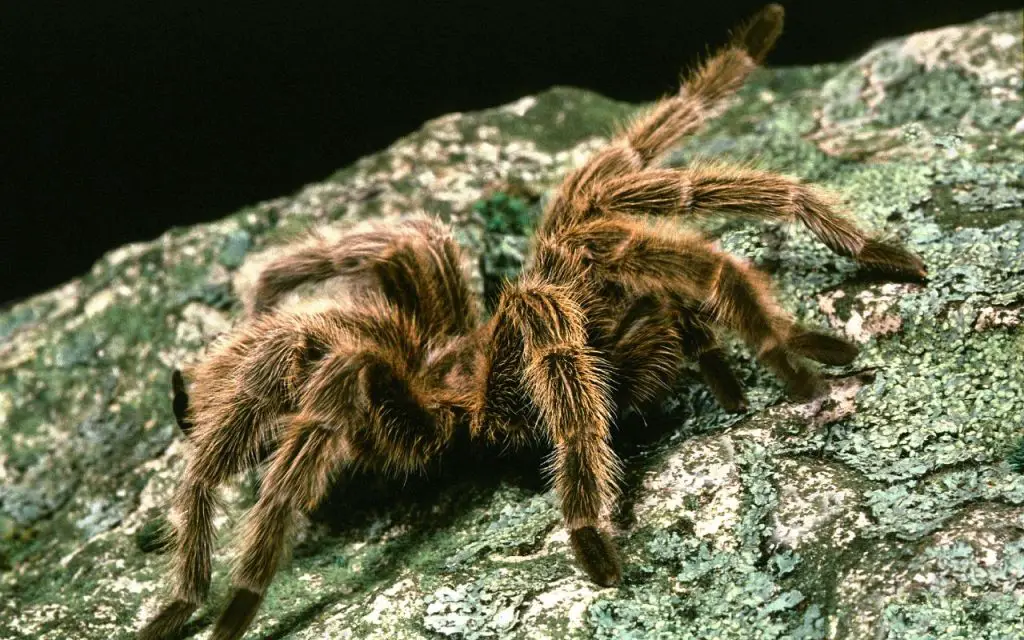
Are Chilean rose tarantulas endangered?
This stocky spider has a pinkish hue to its hair. It is an active hunter spends most of its evenings searching for small mammals and insects. But is the Chilean rose tarantula endangered?
At this time, it is not considered endangered by the IUCN. This is because it is still deemed to have a large wild population. The main threat to the species is habitat destruction, as well as the lack of proper protection for it. In the future, the IUCN may review this spider’s status and declare it endangered. This would be a welcome decision for its survival.
How often do Chilean rose tarantulas molt?
The answer depends on the age of the tarantula you own, but this species typically molts once or twice a year. This molt is often accompanied by long fasting periods. This species is very low-maintenance, but does require a suitable temperature and humidity level. In addition, molting tarantulas must have plenty of time to harden their exoskeletons before they can resume eating.
Chilean rose tarantulas are docile and tolerant of humans, but overhandling could cause stress. This is especially true if it getting ready to molt.
While this spider is docile and tolerant, it can be fast-moving and easily spooked. If it senses danger, it will rear up on its back legs and make a hissing sound. Always sit down and thoroughly wash your hands before and after handling this tarantula.
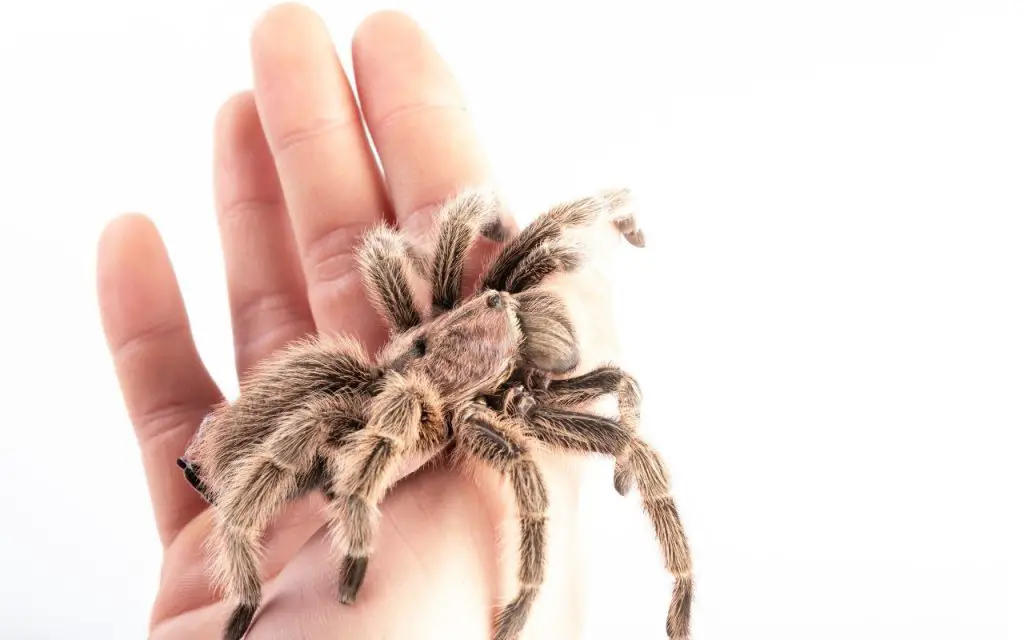
How long does it take for a Rose Hair Tarantula to mature?
The sexual maturity of the Chilean rose hair tarantula usually occurs between two and three years of age for males, and three and four years of age for females.
When fully grown, females are slightly larger than males, and may appear stockier too.
Although tarantulas require molting to grow, the females continue molting once they have reached full size. Molting is a normal part of the tarantula’s biology and occurs throughout its entire life.
Male Chilean rose hair tarantulas almost cease molting once they reach sexual maturity, but only because they die within a year or so.
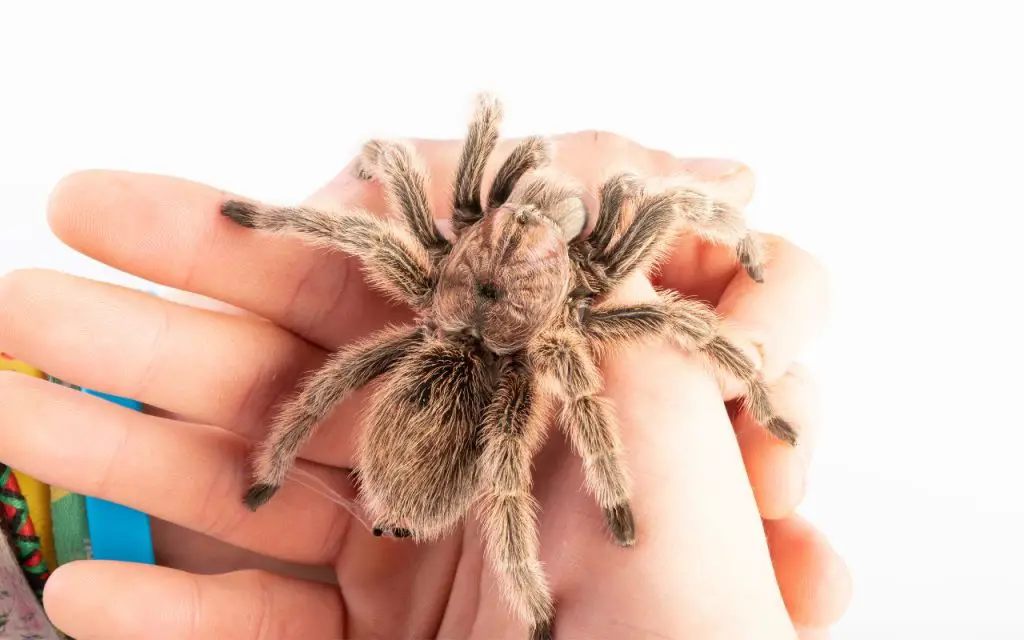
Do rose tarantulas make webs?
Chilean Rose Tarantulas don’t really make webs. Instead, they often simply line their hiding places with web, perhaps to make them more comfortable, or to alert them if an animal is approaching.
Unlike many true spiders, most Tarantulas don’t use web to catch prey. Instead, they either ambush it or chase it down on open ground. Once close enough, they overpower it with their strong legs and pedipalps.
We hope you enjoyed this article – for more information go to the Chilean Rose Tarantula husbandry guide.

